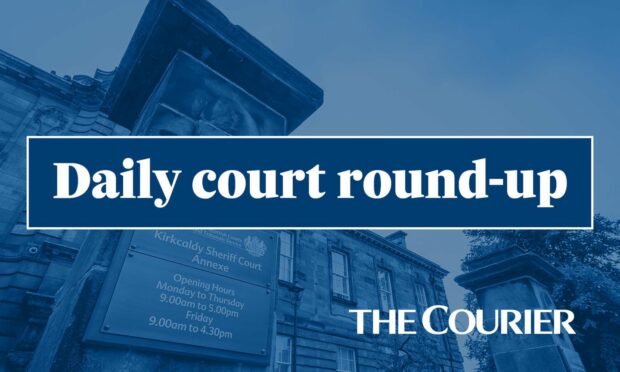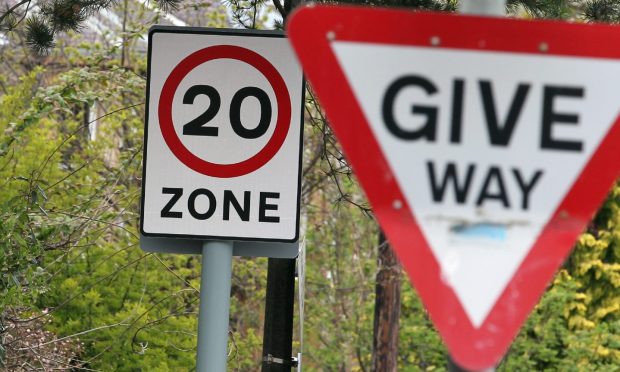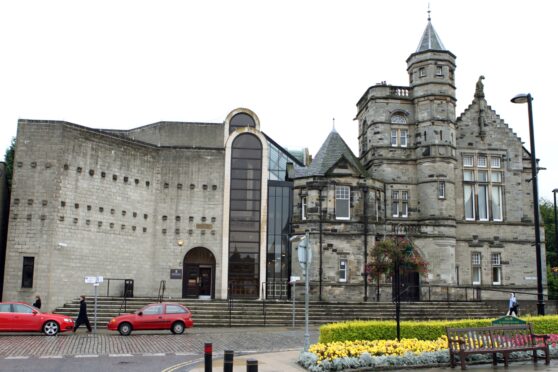Solicitors expect the amount of commercial disputes to increase in the wake of the Covid-19 pandemic – but lack confidence the courts are sufficiently prepared to deal with the backlog of cases, according to a new survey.
The survey, by Dundee-based MHA Henderson Loggie, revealed that commercial litigation and dispute resolution are areas of work most likely to increase.
Contract disputes, debt recovery and divorce cases are also expected to rise.
Peter Graham, director of MHA Henderson Loggie’s forensic accounting practice in Scotland, said: “Experience of previous recessions and subsequent recoveries tells us to expect an uptick in disputes, and clearly that is the expectation this time around.
“Anecdotally, we are hearing that family lawyers are receiving a lot of divorce enquiries which may have something to do with the current bull market for property.
“Where many other economic dials are pointing to doom and gloom, house prices remain strong, and astute separating couples want to move while the market is hot.”
Despite the expectation of increased workload, most lawyers surveyed plan to fill any resource gap by working longer hours and utilising existing staff, with only one in four expecting to recruit externally in the next six months.
More than two out of three solicitors surveyed felt that the courts are not sufficiently prepared to deal with the backlog of cases caused by their closure and a similar number believe the civil courts are not adequately prepared to operate virtually should social distancing measures continue for the foreseeable future.
Over 80% of respondents thought that the courts should allow clients to be represented remotely in civil courts to reduce the backlog, with two out of three respondents suggesting that full proofs should be run remotely.
Christine Rolland, forensic accounting specialist and director at MHA Henderson Loggie, said: “It is not known how the courts will cope with the backlog of cases on top of the expected number of new cases over the next six months.
“There are many examples of good practice, which will need to be replicated universally to catch up on the backlog.
“There are undoubtedly some issues in relation to communication which are hard to address and which go beyond technology competences.
“The credibility of witnesses testifying remotely could be undermined when body language and other communications signals can be misread.
“It is interesting that two thirds of the dispute resolution solicitors asked thought the use Alternative Dispute Resolution (ADR) could assist in the reduction of the court backlog but only half of family solicitors, which could be because ADR is already used as much as it can be in family cases.
“Outside of the family law sphere, the confidentiality aspect of ADR could be particularly attractive where there are commercial sensitivities.
“A point of principle lost in court becomes public knowledge, and in these uncertain times businesses vulnerable to Covid-19 related litigation may prefer to employ ADR methods, which could assist in clearing the way for the courts to resume normal service all the while maintaining confidentiality for all parties.”
Of the possible methods of ADR, mediation was seen as being by far the most likely (84%), followed by arbitration (52%) and expert determination (29%).











